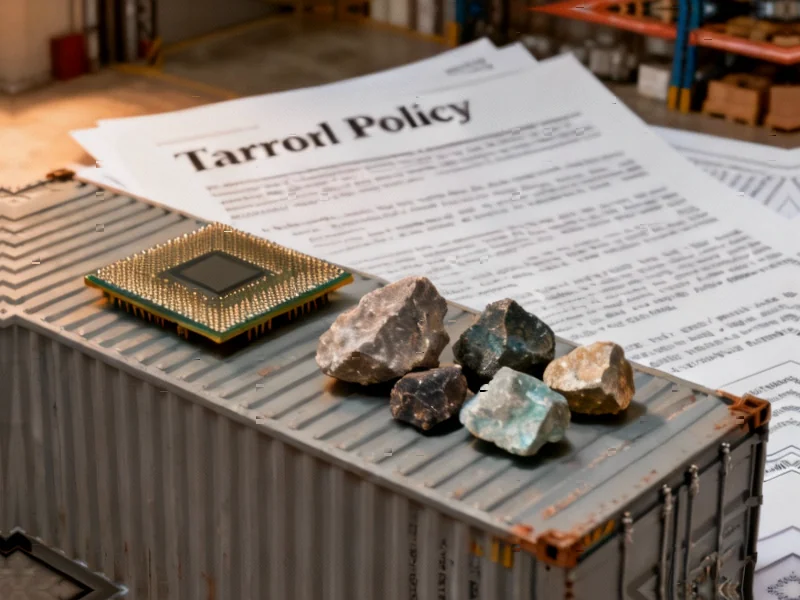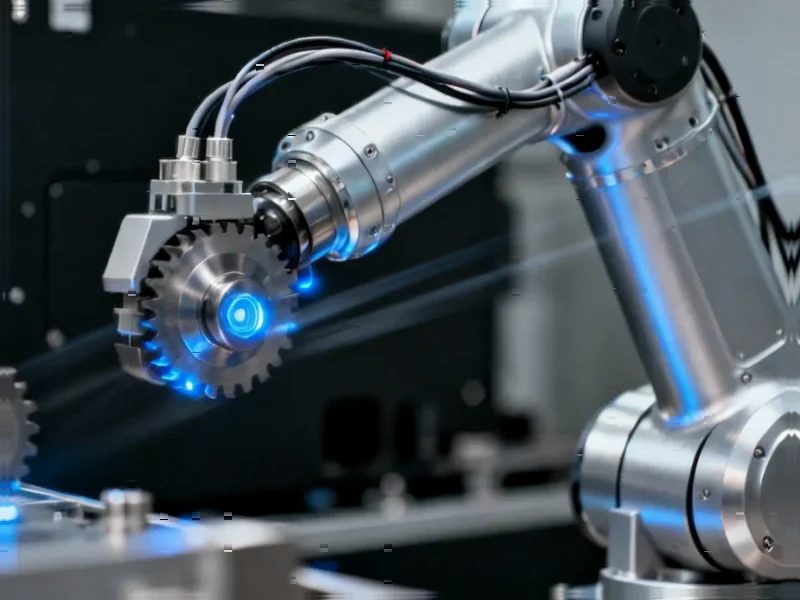According to AppleInsider, Thursday’s announcement about halving tariffs on goods shipped from China only applies to summer 2025’s back-and-forth measures, not the “reciprocal” tariffs applied in April that Apple previously warned about. While Apple secured a temporary exemption on future semiconductor tariffs after investing $100 billion in the U.S., the company remains subject to Trump’s reciprocal tariffs unaffected by the new truce. The negotiations between Trump and Xi Jinping resulted in halving fentanyl-related tariffs from summer 2025 and China suspending rare earth export limits for one year, though AppleInsider notes those restrictions were already lifted in June 2025. Tim Cook previously estimated tariffs would cost Apple up to $2 billion by the end of the September quarter, with final earnings due October 30, 2025. This creates a complex landscape for Apple’s global operations.
Table of Contents
The Looming Semiconductor Threat
The continued threat of semiconductor tariffs represents one of the most significant long-term risks for Apple, despite their temporary exemption. Semiconductors form the technological backbone of every major Apple product from iPhones to MacBooks, and Apple’s complex global supply chain depends on both manufacturing and assembly relationships across multiple countries. What makes this particularly challenging is that semiconductor tariffs would impact not just finished chips but the entire ecosystem of components, testing equipment, and specialized materials needed for modern chip production. The ambiguity around timing—with Trump repeatedly threatening imminent implementation without specific dates—creates planning nightmares for Apple’s procurement teams who typically work on quarterly and annual component contracts.
Hidden Supply Chain Vulnerabilities
While the rare earth export suspension appears resolved, it highlights Apple’s deeper dependency on Chinese materials beyond just assembly. Rare earth elements are critical for everything from vibration motors and speakers to camera lenses and display technologies—components that Apple sources in massive quantities. The temporary nature of these trade agreements means Apple cannot make long-term manufacturing decisions with confidence. More concerning is that these negotiations seem to treat tariffs as political leverage rather than stable trade policy, forcing companies like Apple to constantly adapt their supply chain strategies. The fact that these issues resurface repeatedly suggests fundamental structural problems in U.S.-China trade relations that temporary pauses cannot resolve.
Shifting Competitive Dynamics
The differential treatment of companies in these negotiations creates an uneven playing field that could ultimately harm U.S. technological leadership. While Trump mentioned potentially allowing Nvidia to sell AI processors to China, Apple faces different constraints despite similar global operations. This selective approach to trade permissions could inadvertently advantage some tech sectors while handicapping others. Apple’s massive $100 billion U.S. investment secured temporary relief, but smaller competitors without similar leverage may face insurmountable cost increases. The broader concern is that persistent trade uncertainty drives manufacturing and innovation investment away from the U.S. to more stable regulatory environments, ultimately weakening America’s position in the global technology race.
Beyond the $2 Billion Estimate
Cook’s $2 billion tariff cost estimate likely represents just the visible portion of Apple’s trade war expenses. The hidden costs include supply chain reorganization, inventory buffer stocking, currency hedging, and legal compliance—expenses that don’t appear directly in tariff payment line items but significantly impact operational efficiency. More importantly, the constant threat of new tariffs forces Apple to maintain more expensive and complex supply chain redundancies than would otherwise be necessary. According to the New York Times coverage of the negotiations, the temporary nature of these agreements means Apple must continue bearing these structural costs even during periods of nominal tariff relief.
Long-term Strategic Implications
The pattern of temporary resolutions followed by renewed threats suggests Apple needs a more fundamental supply chain restructuring rather than reacting to each political development. While the company has diversified some manufacturing to India and Vietnam, core component production remains heavily concentrated in China. The semiconductor tariff threat specifically targets an area where China still maintains significant manufacturing advantages, creating a particular vulnerability for Apple’s product roadmap. Looking forward, Apple may need to accelerate its component sourcing diversification and consider more vertical integration in critical technologies to reduce exposure to these recurring trade disputes. The current approach of seeking temporary exemptions for specific tariffs appears increasingly unsustainable as trade tensions become a permanent feature of U.S.-China relations.



